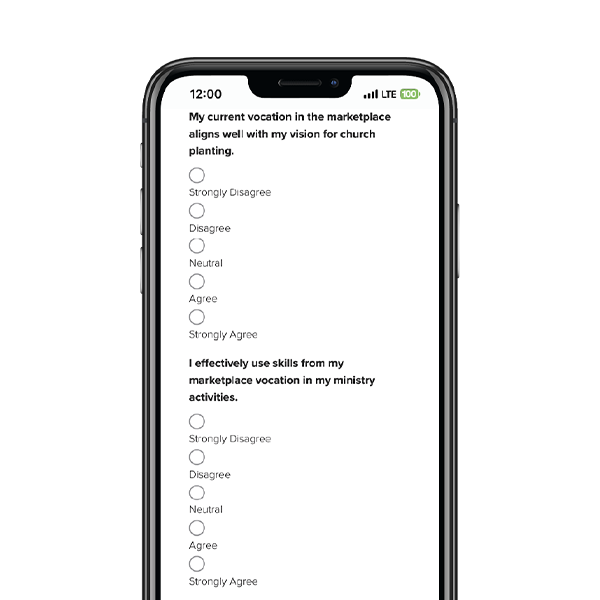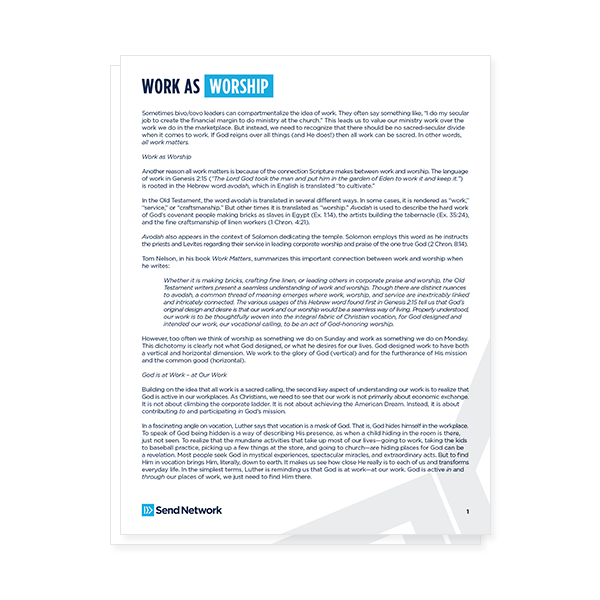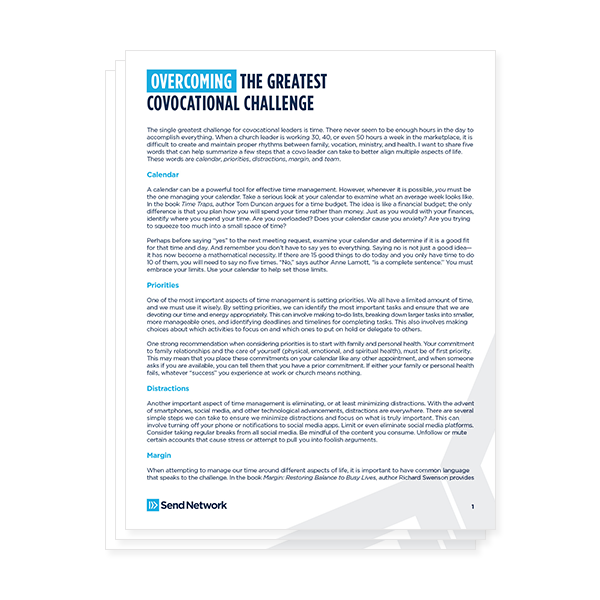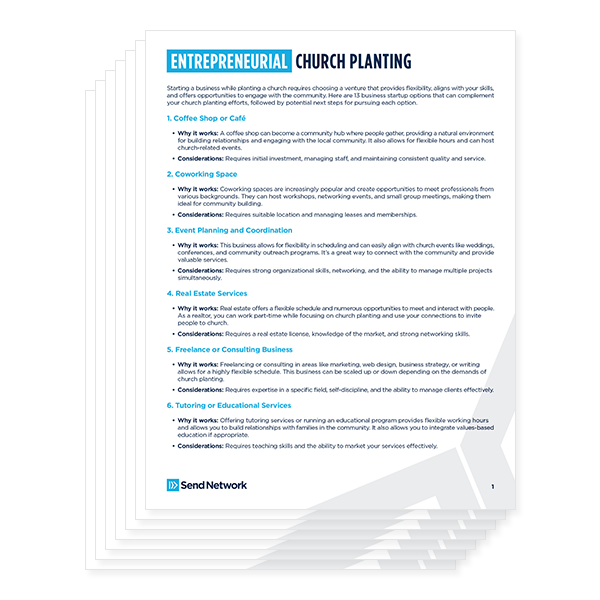It’s vital for trainers to know how to make learning stick. We don’t want our learners to hit the delete button as soon as they leave our presence. But it happens all the time after a training session or a Sunday message.
Learning how learning sticks will help your training, your teaching, your preaching, and your discipling.
Heart doctors study the heart. Knee doctors study the knee. Wrist doctors study the wrist. Shouldn’t those of us who teach and train others study at least a little neuroscience to learn how people actually retain information? Shouldn’t those who want to help people “renew the mind” understand some scientific things about the mind?
In NeuroLeadership Journal (Volume 5, August 2014), neuroscientists Josh Davis, Maite Balda, David Rock, Paul McGinness, and Lila Davach teach the neuroscience of sticky training by introducing the AGES model. They have uncovered truths that are applicable and profound for trainers. The article is entitled “The Science of Making Learning Stick: An Update to the AGES Model” published in www.creativedgetraining.co.uk.
The article, frankly, is a little laborious (and egghead-ish) for most of us. So we have edited it below to be more user-friendly for trainers. As you read it with pen or pencil in hand, see if you can identify three to five principles or techniques to leverage the next time you teach, train, or preach.
***
Neuroscience teaches us that four ingredients are necessary for learning to stick: AGES – Attention, Generation, Emotion, and Spacing.
A – Attention. Learners must be helped to pay attention sufficiently.
G – Generation. Learners must generate their own connections to knowledge they already have.
E – Emotion. Learners must engage with the material with at least a moderate level of emotion.
S – Spacing. Coming back to the information regularly — spacing — works wonders for learners.
Attention
A learner can give attention for only about 20 minutes before needing a refresher. The trainer has to re-capture the attention every 20 minutes or less by introducing something new or unexpected. The trainer can encourage activity, ask questions, change the format, or lead a discussion.
Multitasking is the enemy of attention and, therefore, learning. Multitasking is really not possible. When people think they are multitasking, what is actually happening is they are switching focus rapidly. People who feel good about their multitasking skills are actually not as good at it as they think they are.
Generation
Provide ways for your learners to generate connections between the new ideas they are learning and their existing knowledge. Help them self-generate connections. You might ask, “What does this remind you of? Have you seen or experienced something similar to this in the past? Do you know someone who is good at this?” Create space for the learner to do some quiet internal reflection related to the new learning.
One way to encourage “generation” is to help the learner connect the learning to others in a social context. Ask the learner: “What ideas will you share with someone else? With whom will you share this? When will you share this?” You can’t answer these questions without linking the content in a way that enhances social processing. When people teach content to their peers in a social environment in order to help someone else, it drives the learning much deeper.
Emotions
A trainer should do all he or she can to reduce negative emotions. When a learner knows phone calls and emails have arrived but can’t take the time to answer them, it creates anxiety, which inhibits learning. When a learner is pulled in many directions, fatigue and irritation occur and inhibit learning.
The wise trainer will do what he or she can to free the learner from distractions that create negative emotions. Just giving the learner the opportunity to label an emotion — even if it’s negative — reduces its negative effect.
The wise trainer recognizes that positivity aids creativity and insight. It also expands perception.
Spacing
Creating space (usually a day or more) between learning and review sessions is the most important of the four principles. Marathon learning sessions simply don’t work. Science tells us that 90 percent of learners learn better with spacing, but 72 percent of the learners actually believe cramming works better. It doesn’t. Space out the learning and the reviewing sessions.
A trainer could provide opportunity for spacing within a single learning session. The space of just a few minutes (with a filler task between the new learning sessions) leads to better recall.
A trainer could provide an opportunity for space between study sessions. The ideal minimum gap includes sleep. A 12-hour spacing during the day is not as effective as a 12-hour spacing overnight. Sleep is especially relevant for more challenging material. Sleep does wonders for learners.
Training people to revisit the material at least three times is ideal. If you revisit once after a few days, there’s a 40 percent recall. If you revisit three times, with a handful of days in between, the recall goes up to 60 percent.
“Plan to space out learning so the content is revisited in some engaging way, especially with some sleep in between study sessions, and seek to have people return to the material once on the order of days, once on the order of weeks, and once on the order of months, if possible.”
Best practices
- Change the focus of the learning every 20 minutes or less.
- Allow the learner’s focus circuits to refresh.
- Remove the distraction of multitasking wherever and however you can.
- Guide the learner to self-generate connections to existing knowledge.
- Ask your learner to think of someone who could benefit from the knowledge.
- Encourage your learner to teach someone else.
- Engage positive emotions through encouraging social interaction with the content.
- Encourage your learner to teach the material a few days after learning it, thus leveraging spacing.
- Prompt the learner to review the material at least three times after time has passed, allowing for sleep in between the learning and the review.
***
Questions for your deep learning:
As you consider how Jesus trained, which of the four ingredients — Attention, Generation, Emotion, and Spacing — do you see Jesus practicing? Where? How?
Of the four ingredients, which do you currently leverage the most? The least?
Which of these practices, techniques, or skills do you think you most need to add to your training toolkit?
When and how will you experiment with the new practices, techniques, or skills?
Published February 6, 2018



